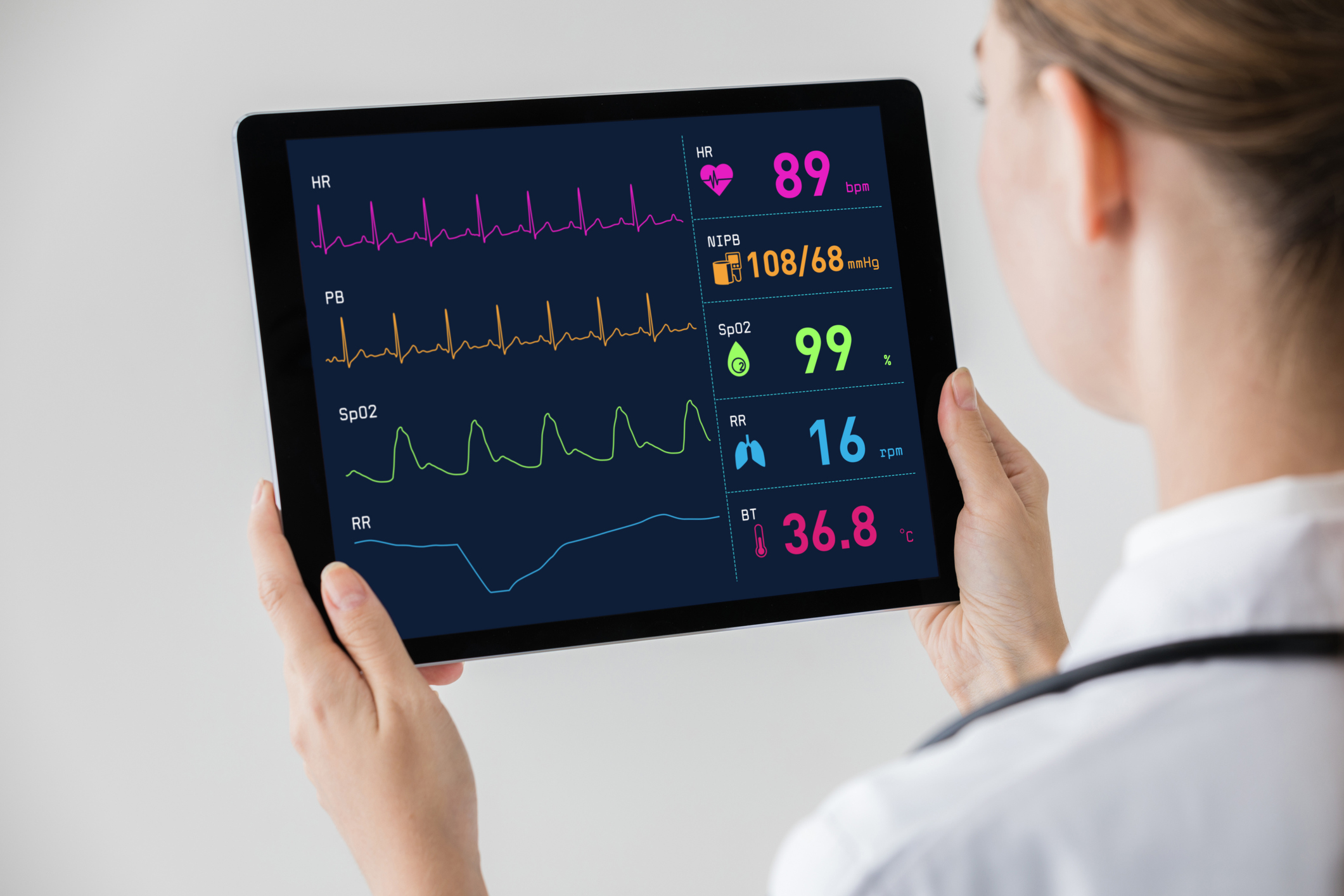My doctor wants me to wear a heart monitor for 30 days. Why so long?
A heart-rhythm monitor is something that is worn continuously to give your doctor a better picture of your heart’s activity. There are different types of heart monitors. Examples include Holter monitors, cardiac event recorders, mobile cardiac telemetry and Zio patches.
Heart monitoring can be ordered for many reasons. Examples: It may be prescribed when symptoms such as syncope (passing out), near syncope (nearly fainting) or significant, bothersome palpitations (heart racing) indicate the possibility of an abnormal heart rhythm (arrhythmia).
The Holter monitor is usually used for 24- or 48-hour periods, but if symptoms don’t happen every day, this monitor may not capture an episode. In this case, the patient may be advised to wear a different type of longer-term monitor (for example, a cardiac event recorder, mobile cardiac telemetry or Zio patch) for a longer period, such as two to four weeks.
Because some symptoms occur infrequently and/or are not due to cardiac arrhythmias, 30-day heart monitoring is sometimes done to help explain what the patient is experiencing.
When a patient has had a stroke from an unexplained cause, for example, wearing a heart monitor for 30 days can reveal if the person is having episodes of atrial fibrillation, a type of heart arrhythmia that can lead to blood clots in the heart that can then travel to the brain and block blood flow.


